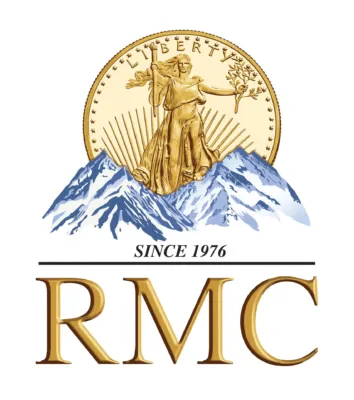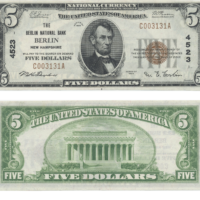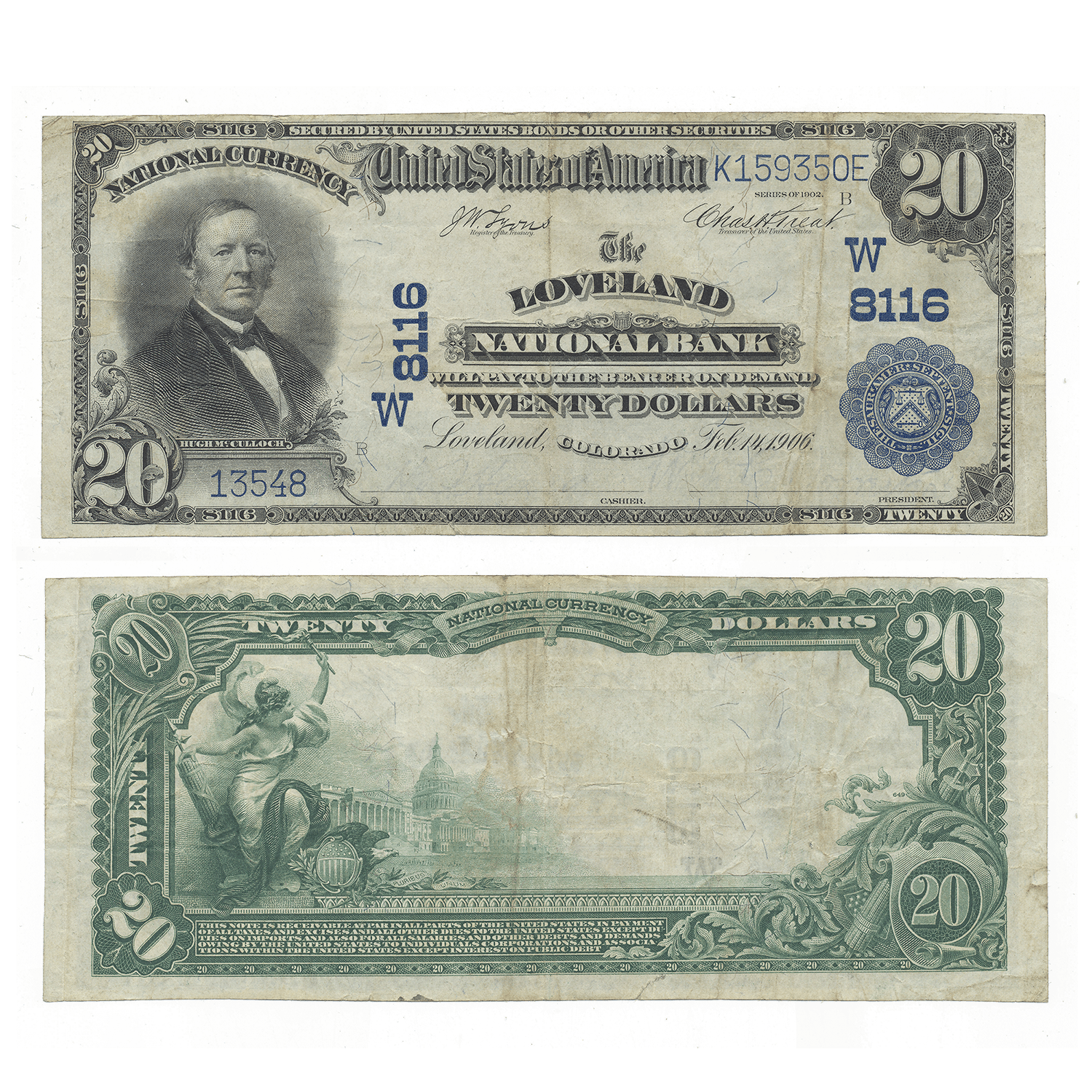Description
Educational Series is the informal name used by numismatists to refer to a series of United States silver certificates produced by the U.S. Treasury in 1896, after its Bureau of Engraving and Printing chief Claude M. Johnson ordered a new currency design. The notes depict various allegorical motifs and are considered by some numismatists to be the most beautiful monetary designs ever produced by the United States.
The obverse of the notes depict a neoclassical allegorical motif, which dominates the front of the note. The motifs are meant as representations of the theme written on the note. The back contained the profiles of two American figures (usually famous Americans) set against an ornate background.
Denominations of $1, $2, and $5 were produced. In addition to $1, $2 and $5 notes denominations of $10, $20, $50, $100, $500 and $1000 were also planned. Designs for a $10 and $50 denomination were being prepared but were never completed or produced before the series was abandoned and replaced by the series of 1899.
The term “Educational” is derived from the title on the $1 note, ”History Instructing Youth.”









